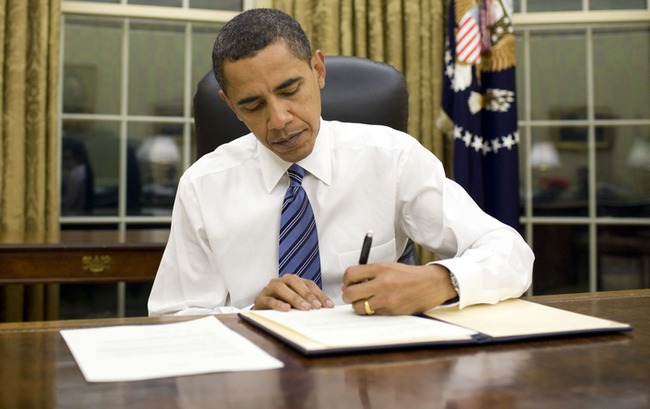
1.Balances Strategic Interests & Fiscal Constraints. The President’s request makes some tough choices, prioritizing the protection of our diplomats and embassies, areas of strategic importance like the Middle East, reforms to make civilian operations more effective, and greater leveraging of the partnerships with the private sector. At the same time, it significantly reduces resources for the Frontline States and scales back USAID’s presence in eleven countries.

2.Still a Cut Over Past Four Years. Current base funding for the International Affairs Budget has been cut 19% since 2010, despite the growing number of crises America faces around the world. And when adjusted for inflation, the FY14 request still falls 15% below FY10 levels in real terms.
3. Reduces Assistance to Frontline States. Programs in Afghanistan, Pakistan, and Iraq are cut by $6.1 billion (40%) from FY12 levels, and OCO funding is limited exclusively to activities in those countries. This is a significant break from the last two years as OCO funding in non-Frontline States is put back in base International Affairs Budget accounts, allowing for better long-term strategic planning.
4. Protects our Diplomats. Following the tragic events in Benghazi last year, the State Department, with the support of Congress, has significantly increased resources to strengthen security and protect U.S. officials around the world. For FY14, the Administration seeks $2.4 billion in base appropriations for Embassy Security, Construction, and Maintenance—55% higher than current levels.
5. Sets Priorities.
6. Imposes Selectivity.
7. Reforming USAID. The budget request includes a 29% increase for the ambitious USAID Forward reform program, with goals to strengthen the ability to deliver more impactful results, create stronger partnerships with the private sector and local development partners, and identify and scale up innovative, game-changing solutions to challenging development problems.
8. A Shift in Food Aid Policy. The Administration seeks to replace the Food for Peace Program with new delivery mechanisms aimed at enhancing flexibility, achieving efficiencies, and reaching more beneficiaries by transferring funds to three USAID accounts from which the U.S. could deliver more food aid as cash vouchers and locally purchased commodities. The agency claims these changes will deliver food aid 11 to 14 weeks faster, reaching 4 million more people each year with same funding.